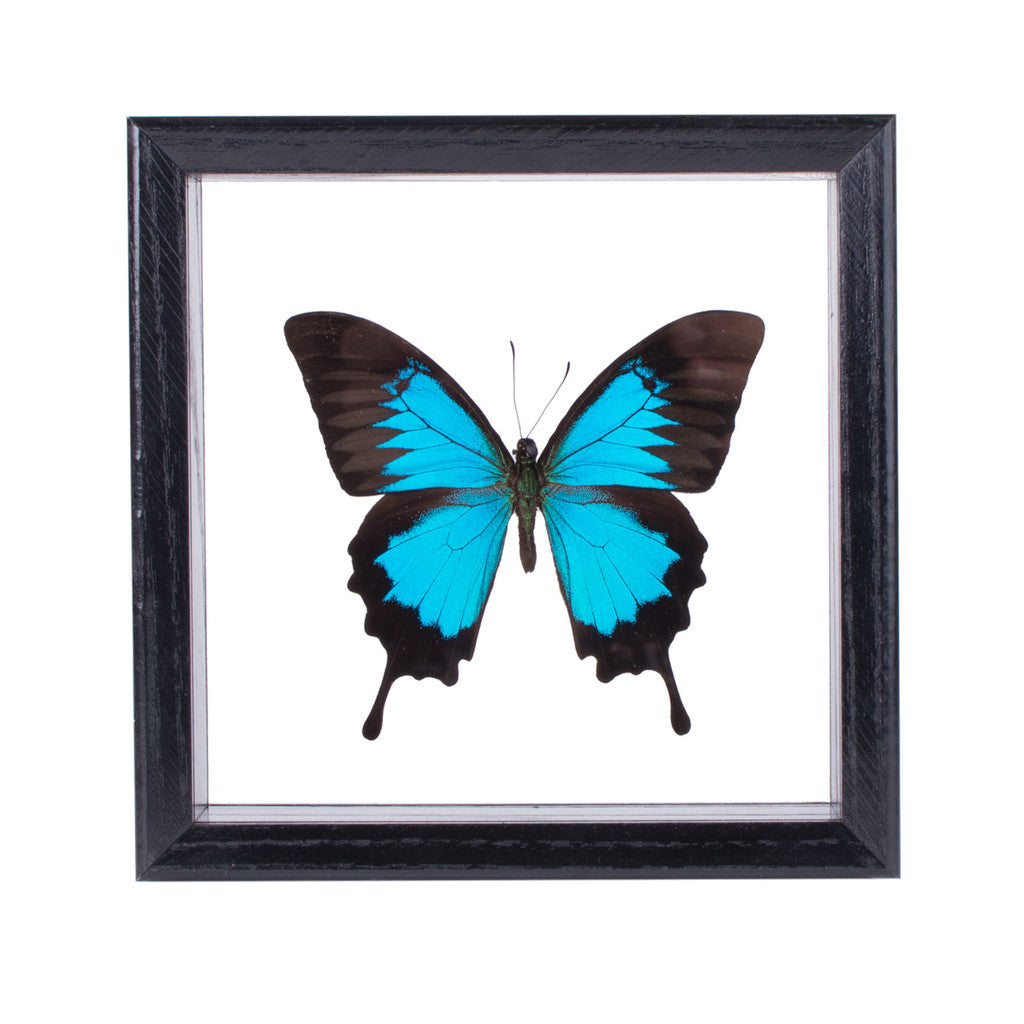
‘Arrangement of skin’ is what 'taxidermy' literally translates into. ‘Taxis’ meaning to arrange and ‘derma’ meaning skin in Greek. Although the Egyptians already preserved dead animals by carefully extracting the body fluids and drying the dead specimens under the sun, this does not classify as taxidermy as we know it. The proper interpretation of taxidermy involves ‘the art of preparing and mounting skins in a lifelike manner’, as the Oxford Dictionary puts it.
Both the sixteenth- and seventeenth century saw the first of the so-called Wunderkammer (curiosity chamber), where artist like Rembrandt himself, collected a wide range of naturalia ranging from stuffed animals to shells and even birds. Rembrandt would use these as study material for his work. Since Amsterdam was a very wealthy trading post, Rembrandt was right in the center of this vibrant city. Ships returned home, coming from a wide range of exotic places and carrying the weird and wonderful. 
Perhaps the oldest surviving piece of taxidermy is found of a church in Ponte Nossa, Italy, where a stuffed crocodile, that dates from the 1530s, is hanging from the ceiling. The oldest known surviving piece of bird taxidermy is that of Duchess of Richmond’s pet parrot of 1702. This African Grey parrot is still looking great, despite its age, and the fact that is has been preserved only by a glass dome and the use of spices and peppers!
Taxidermist have used a wide range of techniques and materials over the centuries. The basic technique of eliminating materials that will decay, adding conserving and artificial materials to a specimen have not changed much. Nowadays materials like plaster, straw and even peat are replaced by lightweight stuffing like polyurethane to make the body.
The true skills of a taxidermist are shown in the final stages of creating a taxidermy piece. A profound knowledge of the anatomy and behaviour of the animal are essential in order to make a masterpiece of taxidermy. Quite often the most substantial amount of time is taken by meticulously arranging fur or feathers, re-applying soft tissue parts and touching up the parts where the natural color has drawn out. A skilled taxidermist will make a specimen look alive, only momentarily halted in its actions for eternity.
Taxidermy waned in popularity after the First World War and became even less popular after the Second World War when specimens were discarded as bad taste and some beautiful pieces must have been lost. In the twentieth century however, taxidermy has made a strong comeback in popularity. A growing awareness of the fact that taxidermy does not pose a threat to endangered creatures, but instead emphasises the beauty of the natural world. This is a key factor in the growing appreciation of what we truly believe to be an art form.

In store taxidermy work in progress on an antique glass dome piece. Sorry, no shipping on this piece!
A side-branch of taxidermy is that of insect taxidermy. This involves no rearrangement of skins, though the adjustment of the wings, legs and antennae definitely takes skill and effort. The typical butterfly collections of grandpa, that most of the time are great objects by themselves, have made way for the carefully boxed butterflies and beetles in double glassed boxes. Thus appreciating them for their aesthetics, as opposed to their rarity, or as an anonymous number in a collectors box. At Concrete Matter we're specialised in creating these glass boxes and also make, one of a kind, glass domes filled to the brim with beetles and butterflies. This somewhat resembles the Victorian mantelpiece taxidermy, where glass domes were filled up with hummingbirds or other colourful bird species.
At Concrete Matter we are proud to offer an ever changing collection of taxidermy by highly skilled artists. The specimens that we offer, excel in their lifelikeness, careful attention to details and in general celebration of the natural world. In our category Taxidermy you can find the current selection of specimens we in store.
For a much more extensive read and tons of great pictures we recommend the book ‘Taxidermy’ by Alexis Turner which can be found here.
Below is list of great pieces of taxidermy, from both past and present, presented in our collection. If you wish to stay up-to-date: sign up for our newsletter! One of our most beautiful pieces: the White-cheeked Turaco. Find a full set of images here.
One of our most beautiful pieces: the White-cheeked Turaco. Find a full set of images here.
One of our in store produced pieces. The rightfully-so-called Goliath Beetle.

One of the many different Australian finches that we have in store. The Balck-throated Finch is featured in full here.

One of our most popular butterflies, the Papilio Ulysses.

The Madagascar Sunset Moth shows some beautiful colours and can be studied from the front and back.
A personal favorite, the Papilio zagreus has a great tiger-like print on both the front and backside.
Some great taxidermy pieces that have found a new owner all over the globe:
One of a couple of stunning Gouldian Finches.
 Red-billed Leothrix, a very nice little gem
Red-billed Leothrix, a very nice little gem

Yes, we also did have owls. Two actually. Both sold out instantly. This is a White-faced Scops Owl.

